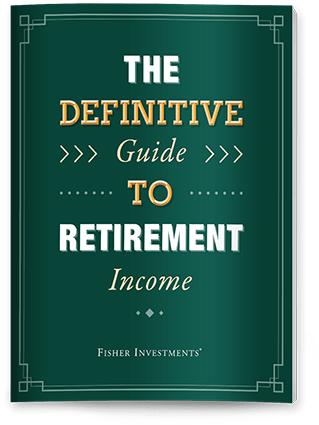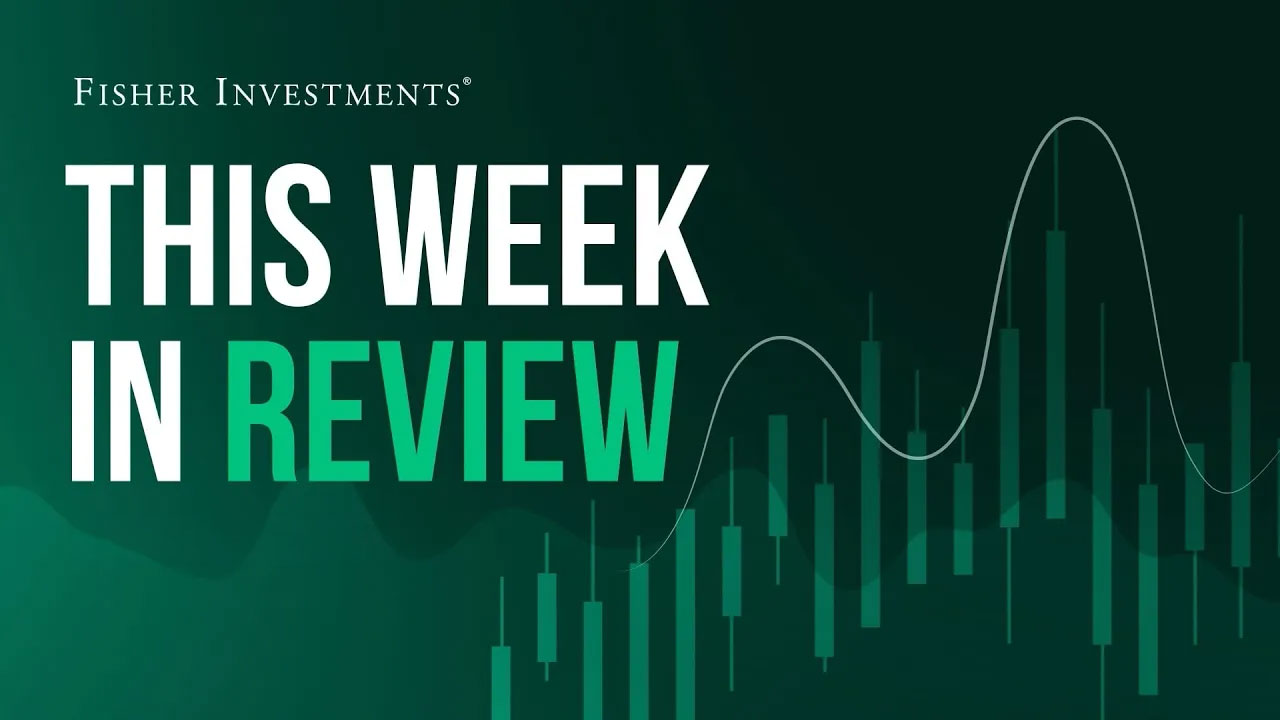Personal Wealth Management / Market Analysis
On Volatility and Consumer Confidence
The reaction to U-Michigan’s sentiment survey is telling.
US stocks ended last week on a rough note, with the S&P 500 falling -2.0% and nearing its year-to-date low, notched on March 13.[i] Headlines universally pinned it on two developments: the Trump administration’s forthcoming 25% tariff on auto imports and the University of Michigan’s consumer sentiment gauge, which tanked in March. We have discussed tariffs a lot, and the auto levies—while not positive, in our opinion—don’t much change the calculus. They still seem too tiny to render recession. As for consumer sentiment, let us dig in a little deeper and explain why this looks like a false fear; an illustration of classic market correction behavior.
Whenever volatility strikes, investors’ biggest challenge—in addition to staying disciplined—is to determine whether it is likely a correction or bear market. Corrections are short and sharp, about -10% to -20%. They are normal in bull markets but painful to endure. They also start and end without warning because they are sentiment-driven, making them impossible to time. Bear markets are deeper and longer, falling -20% or worse. They usually start more gradually, with the worst declines striking late. They also typically have fundamental causes. This makes their start and endpoints less fickle than corrections’. One of the biggest risks an investor takes, in our view, is selling after the market has fallen. This runs the risk of mistaking a correction for a bear market and missing the rebound that follows—and all the returns that would compound on those initial gains over time. It can be a severe setback.
So at times like this, we think it is crucial to take a deep breath, observe carefully and think critically. One thing to look out for: Evidence that negative sentiment is overdone relative to actual economic conditions. That means not just looking at sentiment surveys like U-Michigan’s, but also at the narrative surrounding them.
March’s U-Michigan reading was 57, down from 64.7 in February and the lowest reading since 2022.[ii] Sentiment about current conditions didn’t change much, but the expectations index plunged -17.8% m/m.[iii] Most coverage warns this points to consumers tightening their belts, which means consumer spending—and presumably GDP—will suffer. This also came days after The Conference Board’s economic expectations measure fell to a 12-year low, passing a threshold The Conference Board deems typical of a recession.[iv]
We aren’t arguing these surveys are wrong. It is clear sentiment has become very, very dour in relatively short order. But they reflect only how people felt at a given moment in time. And they are heavily influenced by recent market movements, too. The correction likely played a huge role in this U-Michigan survey tumble. The swings are concurrent, not predictive. That doesn’t always match what they do. Not because people lie in surveys, but because it is hard for anyone to predict how feelings will actually affect actions. Someone can feel bad, then head out for some retail therapy. Or, they can feel bad but keep a stiff upper lip, make the numbers work and continue buying all the essential goods and services that make up the bulk of consumer spending.
To see this in action, consider the UK, which released February retail sales Friday. Economists’ consensus expectation was for sales volumes (which are inflation-adjusted) to fall -0.4% m/m. Dreary consumer sentiment was a big reason why. GfK’s UK Consumer Confidence Index was at -20 in the month, with the subindex measuring expectations at a dismal -31.[v] Both have been trending choppily downward for months as grim economic forecasts, high living costs and business gloom over tax hikes weighed on people’s moods.
Yet retail sales surprised heavily to the upside, rising 1.0% m/m.[vi] The one weak category was food stores, where sales ostensibly fell because people dined out more. However pessimistic folks felt when responding to surveys, it didn’t translate to recessionary behavior. Nor was February’s read a fluke: It followed January’s 1.4% m/m rise.[vii] However gloomy folks are, retail activity appears to be moving beyond late 2024’s soft patch.
GfK’s survey hints at why this may be. The indexes measuring people’s sentiment about their personal finances are much higher than those focused on the broad economy. The index measuring sentiment about respondents’ personal financial situation over the prior year was just -9, while index measuring expectations for personal finances over the next year was 1.[viii] That isn’t a typo, we didn’t forget a negative sign, it is actually positive. It looks like people feel pretty good about their personal balance sheets and expect things to get even better for themselves—they are just gloomy about the economy at large because that is the narrative the zeitgeist reinforces every day.
U-Michigan’s gauge shows the same, though most coverage neglected to mention it. The Family’s Current Financial Situation Index actually rose in March. The Expected Financial Situation Index weakened, but that is to be expected when headlines tell everyone tariffs are about to jack up living costs. As time goes by and those fears likely prove overwrought, people probably realize they feel pretty ok about their bank balance and prospects.
Sentiment surveys don’t tell you what will happen. They are one of many items we use to get a sense of investors’ expectations. Over meaningful timeframes, say the next 3 – 30 months, stocks move most on how reality shapes up compared to those expectations. The latest US surveys, along with the coverage of them, shows expectations are low and falling. This lowers the bar reality needs to clear to deliver the positive surprise that fuels bull markets.
This is what we mean when we say false fears are bullish. They can hit sentiment and therefore short-term returns in the heat of the moment, which we have all been living the past few weeks. But they also help rebuild the wall of worry, giving stocks more room to run once people and markets work the immediate angst out of their system. It is messy in the moment, but patience and discipline generally prove wise and right.
[i] Source: FactSet, as of 3/28/2025. S&P 500 price return on 3/28/2025.
[ii] Source: University of Michigan, as of 3/28/2025.
[iii] Ibid.
[iv] Source: The Conference Board, as of 3/28/2025.
[v] Source: GfK, as of 3/28/2024.
[vi] Source: Office for National Statistics, as of 3/28/2025.
[vii] Ibid.
[viii] Source: GfK, as of 3/28/2025.
If you would like to contact the editors responsible for this article, please message MarketMinder directly.
*The content contained in this article represents only the opinions and viewpoints of the Fisher Investments editorial staff.
Get a weekly roundup of our market insights
Sign up for our weekly e-mail newsletter.

See Our Investment Guides
The world of investing can seem like a giant maze. Fisher Investments has developed several informational and educational guides tackling a variety of investing topics.



